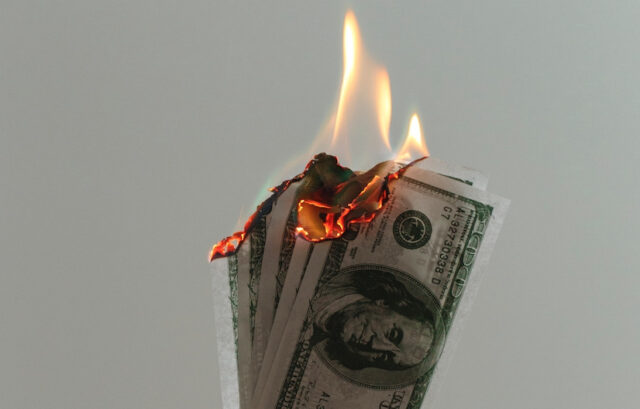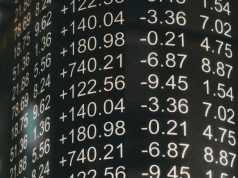Stagflation is an economic phenomenon not too many investors had to deal with in the past as most investors and asset managers active today experienced low inflation over the past 15-20 years. A mixture of rising inflation and slowing growth creates challenges. Mohamed A. El-Erian explained in a recent article published by Project Syndicate: “Those who have noticed it – and there are still too few of them – fall into two broad camps. Some see the phenomenon as temporary, and quickly reversible. Others fear it will lead to a renewed period of unsatisfactory growth, but this time with unsettlingly high inflation. But a third scenario, which draws on both of these views, may well be the most plausible. Stagflationary winds are more likely to be a part of the global economy’s upcoming journey than a feature of its destination.”
El Erian on the risk of inflation: “Add to that (labour shortage) a shipping-container shortage and the ongoing reordering of supply chains, and it should come as no surprise that the headwinds to a strong and sustainable global recovery are being accompanied by higher and more persistent inflation.”
Investors searching for inflation hedging strategies can also
refer to investRFP.com and asset managers can respond to inflation-related RFPs (Login or Request an account).
Alberto Matellán Chief Economist at MAPRE AM, commented on inflation:
”The usual, direct, reasoning of more money equals more inflation may not be true if we identify inflation as CPI (Consumer Price Index) – inflation ought to be a monetary phenomenon, but does not always translate to CPIs.
(CPI) Inflation is high, but it is not clear whether this is temporary or not. In any case, we have been used to very low inflation in the past 15-20 years. Actually, most financial markets professionals nowadays have never experienced high inflation let alone invested in such an environment.
For inflation not to be temporary there must be some mechanism that keeps CPIs rising. In most cases, that is salaries or regulations of any kind. That is why central banks, and the Fed in particular, look to labour developments so closely.
Of the many different shortages we are facing, the most important ones are: labour, energy and electronic components. If we look carefully at each of them, they are at least in part the result of regulations or political developments.
(1) Labour because of covid and other restrictions;
(2) Energy because GREEN ENERGY is very expensive and disinvestments in carbon drives prices higher;
(3) Electronics because of the commercial and technological war between the US and China.
Not all inflation we can see now is because of these shortages, but at least a great share of it is. In addition, these shortages are not self-fulfilling, so inflation might be temporary in this sense, but may last a very long time. Therefore, the concept “temporary” is not clear in this context.
What is more important is that such inflation cannot be fought through monetary measures (central banks), unless such measures provoke a huge slowdown in growth, which is not the point (remember Volcker?). So, what might central banks do? Let it run, which is exactly what they are doing – unless they have found a self-spiralling process (Volcker again…).
From another point of view, inflation is a dangerous but sometimes useful tool for politicians. It is dangerous because citizens’ rage is much more pronounced with inflation than with low growth. Throughout history, several political regimes have collapsed because of high prices, but none, to my knowledge, because of low growth. Spiralling inflation makes it much more difficult for households to make ends meet, and this process can easily get quickly out of control. On the other hand, it can be useful, because if politicians find a culprit for high prices, they can present themselves as saviours (Politics 101). That is what happens nowadays in countries like Spain or France with energy prices. The culprit is “the market”, whatever that is, and more intervention and redistribution is the salvation. So, inflation is not only an economic or monetary issue, but also political. It is useful also to reduce the real value of public debt (I challenge this popular belief: the debt burden just moves from some debtors, taxpayers in general, to others, those who cannot keep their real income/wealth up with inflation. These are normally the less wealthy).
So, in conclusion: is inflation temporary? I think so. In 2022 we will see, but keep in mind that the base effect will be very negative. Anyway, the risk of it being more permanent exist, and we cannot know for now. But central banks cannot control inflation as much as they (and we) think they can, whether up or down.”
| investESG.eu is an independent and neutral platform dedicated to generating debate around ESG investing topics. All opinions expressed are those of the author or contributing source.



